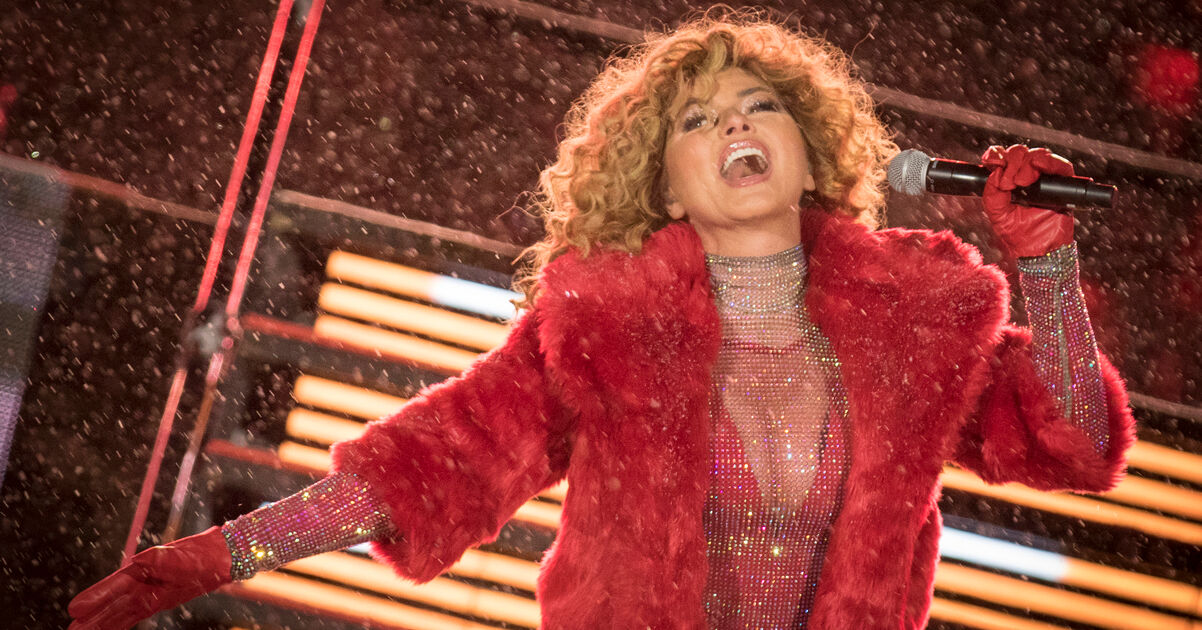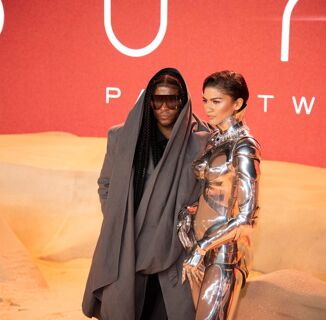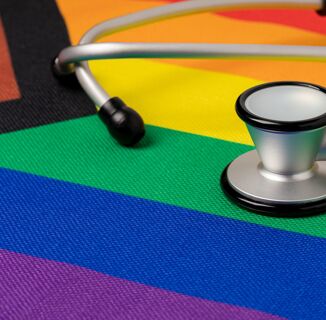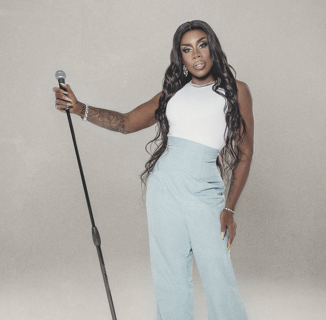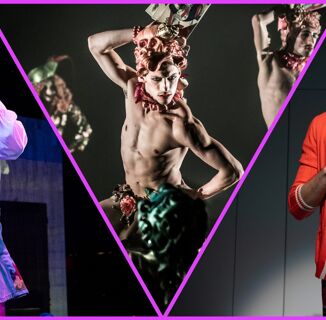On Sunday, Shania Twain stirred a career-stalling controversy when she admitted in aninterview with theGuardianthat, had she been a United States citizen during the 2016 election, she’d have given Donald Trump her vote. Twain’s admission came only three days after her guest judge stint on RuPaul’s Drag Race, in which queen Kameron Michaels admitted that she was the reason he began to perform in drag.
The internet was swift in its decision to unstan forever.
*deletes man I feel like a woman from my 90s country women anthem playlist on Spotify* https://t.co/XtCoL68JLV
— Calvin (@calvinstowell) April 22, 2018
Chalking up openly racist, transphobic, and misogynistic behavior (that’s the tip of the iceberg, not even mentioning the women who came forward and accused him of sexual abuse) to just being “offensive” is… I don’t even have words. Shame on you @ShaniaTwain https://t.co/lOsPNiJGeh
— Jon 💧 (@prasejeebus) April 22, 2018
shania twain being the most uninterested guest judge in drag race history & now saying she would have voted for trump. her gay icon status is over, it’s cancelled. officially. pic.twitter.com/s7BGjK62Fh
— ❃❁❃ (@fkajack) April 22, 2018
Shania Twain: I would’ve voted for Trump
the gays:pic.twitter.com/3mLw19cR28
— Uranus Williams (@fabulous_he) April 22, 2018
me 5 minutes ago: *never had a single thought about Shania Twain, never listened to her songs by choice, never cared at all*
me now: pic.twitter.com/qBK32K0jRm
— tyler (@tdobshinsky) April 22, 2018
Shania Twain is over, she’s canceled. pic.twitter.com/ySr6zgjTbG
— Kareem Yasin (@thekareem) April 22, 2018
the gays
○
く|)へ
〉
 ̄ ̄┗┓ shania twain
┗┓ ヾ○シ
┗┓ ヘ/
┗┓ノ
┗┓— former shania twain stan (@electricsus) April 22, 2018
Shania eventually issued a canned apology, to which many people responded with the phrase, “That don’t impress me much.” Twain’s admission came only three days after her (underwhelming) appearance on RuPaul’s Drag Race, where she judged a denim and diamonds runway and even saw Monet X Change and Mayhem Miller lip sync to “Man! I Feel Like a Woman!”
The unstanning of Shania unearthed an even larger problem among queer peoplein a time when52% of white women supported Donald Trump for president, how can we be so sure that our white female icons,long the gay male community’s unimpeachable avatars of privilege, fierceness and fragility, support us as much as we want to support them?
During and after the election, fans ceased supporting several artists who either openly supported Trump or kept mum enough to the point that Trump support was inferred. Taylor Swift lost boatloads of goodwill for failing to denounce Trump at any point during or after the election. Azealia Banks endorsed Donald Trump during his presidential run, saying “politicians are inherently evil, I trust the one who is the most transparent.” After the election, Banks withdrew her Trump support, calling him a “fucking idiot.” We all know what happened to Susan Sarandon’s stock after she supported Trump and began feuding with Debra Messing.
The question of whether our favs voted for Trump extends beyond music, as well. In September, Bitch ran an entire investigation into each Real Housewives franchise to decipher which wife helped elect Donald to the presidency.
However, who our white female faves voted for may be a less worthwhile inquiry than why we so freely give white women their icon statuses without knowing exactly where they stand politically and socially.
White women retain an overwhelming amount of cultural and social capital among queer circles. For black and brown queer youth in Paris Is Burning, the fantasy was mimicry and imitation, not parody, of the unbothered white woman, strolling down Madison Avenue, peering through the Tiffany’s window at everything she could afford.
“I would like to be a spoiled rich white girl,” Venus Xtravaganza says to the camera in Burning. “They get what they want. Whenever they want it. They don’t have to really struggle with finances and nice things, nice clothes.”
While wealthy white women were the icons of young queer and trans people, many people of color, nowadays white women and their many accomplishments flood our social media feeds reminding us constantly of their icon status. We overanalyze their musical performances and disccest their iconic line readings and facial microexpressions in minor indie movie scenes. And they don’t have to be rich. Look at the goodwill windfall Lady Bird, a movie that glorified the struggles of working class white female outsiders, received from gay men.
But, the reality is something that black people, especially black women, have been trying to remind us of all along. White women are often the upholders and architects of white supremacy. No, I’m not saying your fave is the architect of the Jim Crow South. But I am saying that, if there’s one thing the last election told us, it’s that identity politics is real, and very often, white people will vote to uphold institutions of whiteness. And the numbers show us that white women will show up for that agenda, as well. If we treated our icons as full people, rather than imagined them as product factories putting out bops just for us to party to, then we would see that.
Part of the weekend’s Shania Conundrum was the creeping sense of helplessness that set in among Shania’s queer stans. The empress was naked all along, but we saw a floor-length leopard dress.
The truth hit us all like a big yellow school busbut that doesn’t need to be the case. Perhaps it’s time that we examine why we’re so hopelessly devoted to the white woman, why she looms so large over gay male culture, and take steps to address it.
It’s no secret that white women earn queer support often and early with little regard for the artist behind the art. Some of that is a specific brand of queer misogyny, a disregard for the singer or the housewife in exchange for a worship of how they make us feel. For many people, Countess Luann is less a person than a concept. Whether she voted for Trump feels intangible, as she feels out of place in the imaginary voting booth of our minds.
Some of that is racism. White women occupy a disproportionate amount of territory in gay male discourse, and we afford them extreme elasticity in what they can represent to us. Due to a particularly American strain of racism, it’s harder in general for the population to feel represented by black and brown women. If white gay men do acknowledge black and brown women, it’s often in an appropriative, rather than respectful way.
By engaging with our standom more ethically, more conscientiously, we can prevent the next Shania. We have to recognize that our own misogyny makes us believe that the women we stan owe us anything, including their support. Our female idols are fully-realized humans with their own minds, which means they are free to support who they choose, even if he’s a horrible choice for LGBTQ people, specifically trans and queer people of color.
Help make sure LGBTQ+ stories are being told...
We can't rely on mainstream media to tell our stories. That's why we don't lock our articles behind a paywall. Will you support our mission with a contribution today?
Cancel anytime · Proudly LGBTQ+ owned and operated
Read More in Culture
The Latest on INTO
Subscribe to get a twice-weekly dose of queer news, updates, and insights from the INTO team.
in Your Inbox

